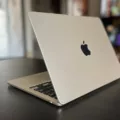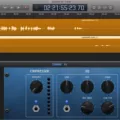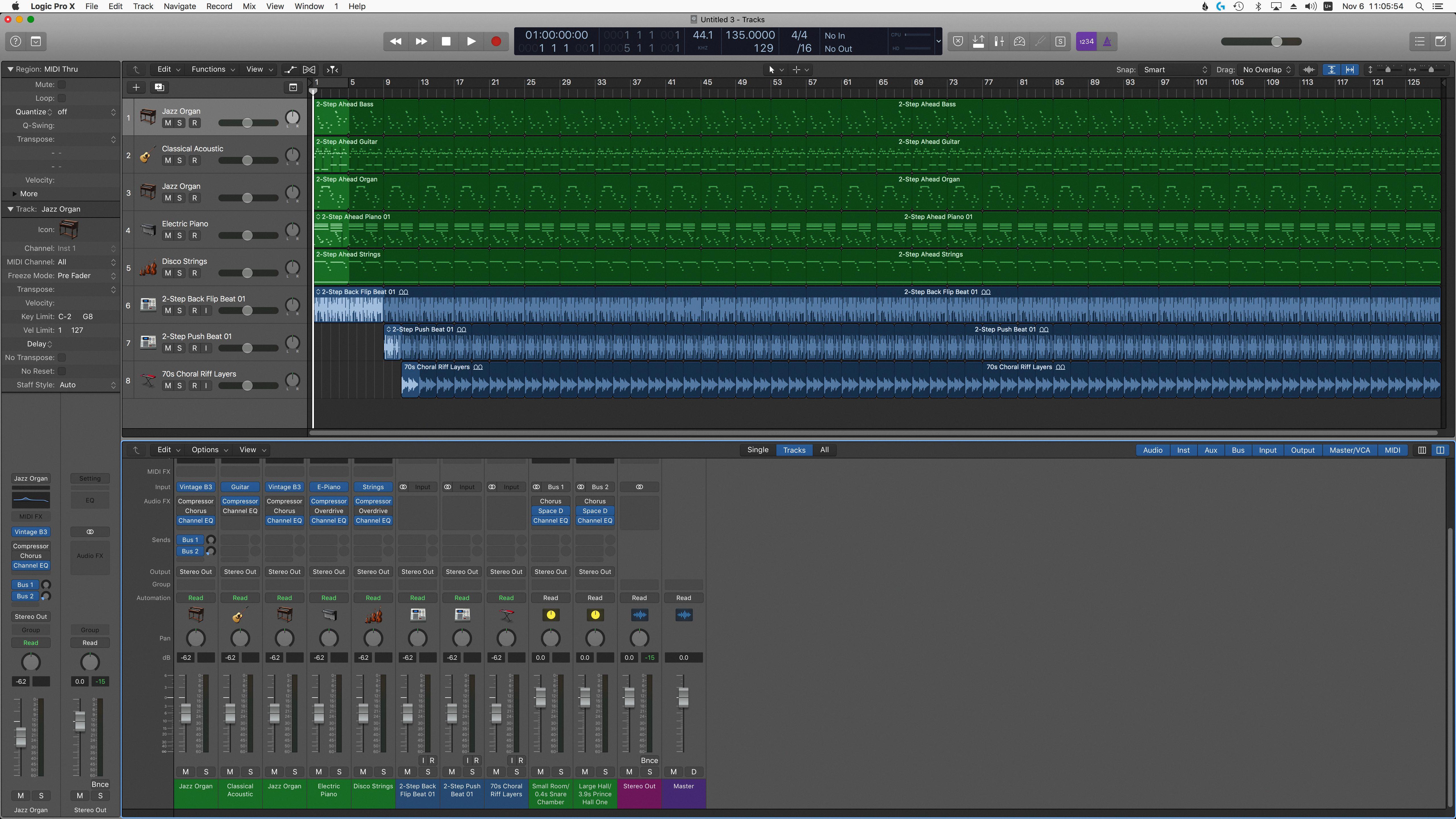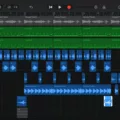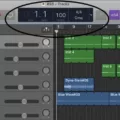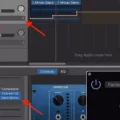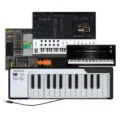Garageband is one of the most popular audio production software available, and for good reason. It’s easy to use and has lots of great features. However, many users have complained about latency issues in Garageband. Latency is the amount of time it takes for a sound to be heard after it is played or recorded. Too much latency can make your recordings sound choppy and cause other audio problems.
The good news is that you can fix latency issues in Garageband by making some adjustments to your settings. One way to reduce latency is to change the buffer size. The smaller the buffer size, the less time it takes for the audio to be processed, resulting in lower latency. You can also try raising the sample rate, which will increase the quality of your recordings but may also increase latency.
Another way to reduce latency in Garageband is to use an Audio Interface with native drivers instead of the built-in audio device on your computer. An interface with native drivers will bypass any additional software processing, thus reducing latency even more. Also, make sure you disable any Bluetooth devices or casting audio as this can also add extra delay and should be avoided if possible.
Finally, if you’re using a TV as an external monitor with Garageband, check your TV’s audio settings and see if you can change the audio format from Dolby Digital or bitstream to PCM (also known as uncompressed). Doing this may eliminate any additional delays caused by processing digital signals through these formats.
By following these tips and making a few simple adjustments in Garageband’s settings, you should be able to drastically reduce any audio latency issues you may have been experiencing while recording music and podcasts on Garageband!
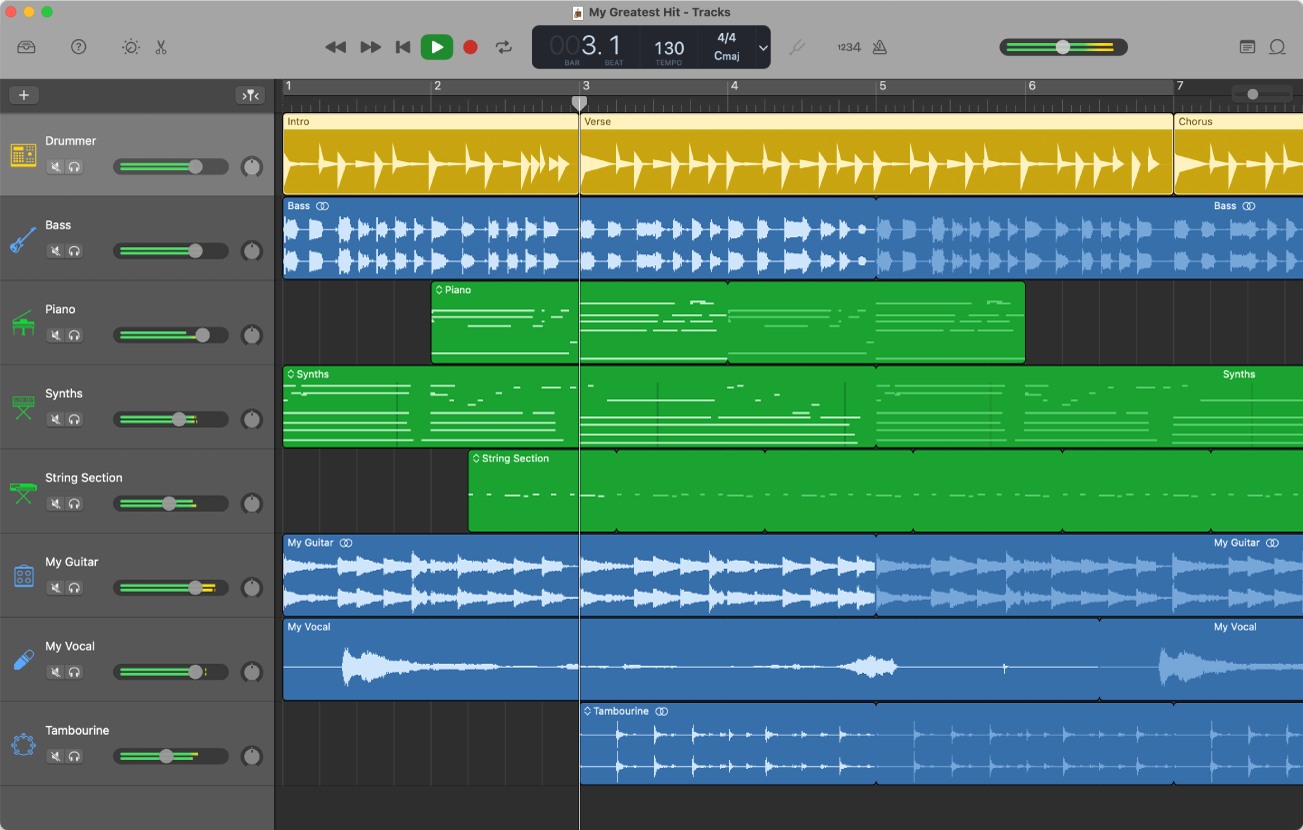
Reducing Latency
In order to reduce latency, you should use a dedicated audio interface with native drivers. This will ensure that the audio data is processed as quickly as possible, without passing through any extra layers of software. You should also raise the sample rate and make sure that your buffer size is as low as possible without causing audio dropouts. Additionally, you should disable any unused Audio Input Devices, use ASIO drivers on Windows, and avoid using Bluetooth devices or casting audio. By following these steps, you should be able to significantly reduce latency.
Is a 20ms Latency Considered Good?
Yes, 20ms latency is considered very good for online gaming. Low latency means that there is a minimal lag time between when you make a move and when the action takes place on your screen. This makes for a smoother and more responsive gaming experience. Additionally, a lower latency can improve your chances of winning in competitive gaming scenarios since you are able to respond faster than your opponents.

